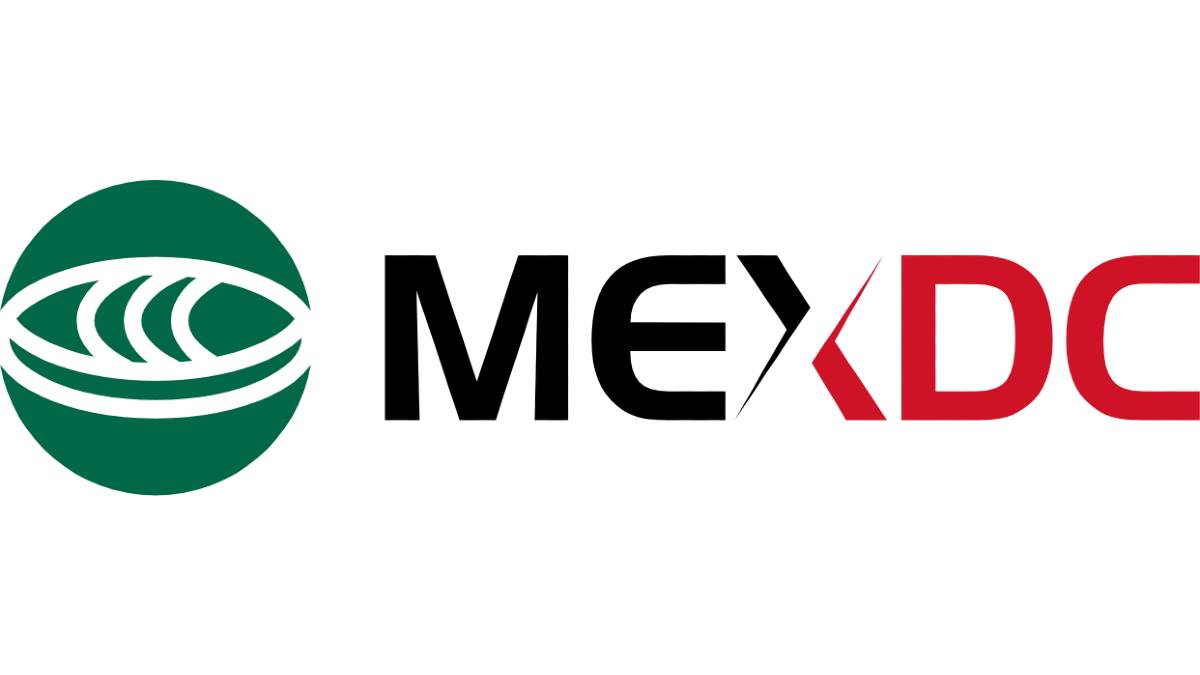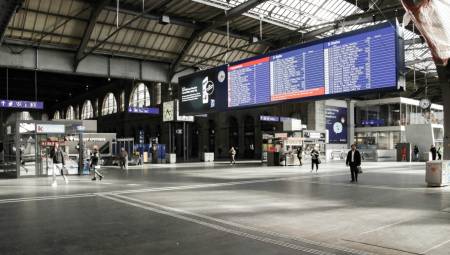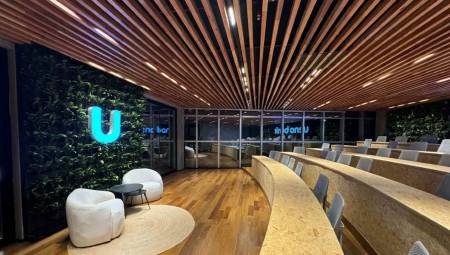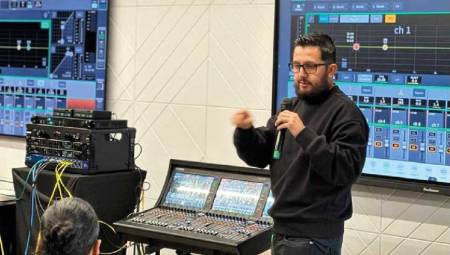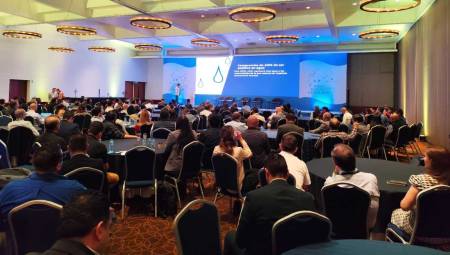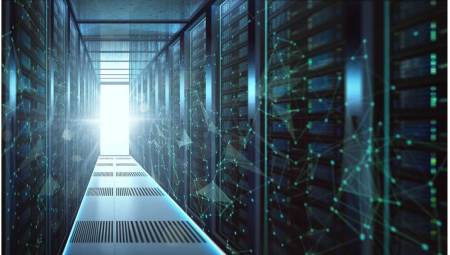Mexico. With the beginning of the year, technology companies announce the trends for the following months or years, movements to which digital leaders are very attentive to keep their transformation strategies updated and prepared so that the operation of their business or industrial is in force.
With this panorama, the Data Center industry in Mexico is at a key turning point that is driven by the need for better sustainable practices, technological innovation and more accurate regulation that energizes this key economic sector for the growth and development of the country. That is why the Mexican Association of Data Centers, MEXDC, has identified some key trends and predictions that will transform the industry landscape in the next 12 months.
Sustainability as a transformative pillar of Data Centers
With the urgency to improve the health of the planet and meet the UN Sustainable Development Goals, sustainability has become a fundamental pillar for the Data Center industry. The adoption of new cooling technologies, such as liquid cooling and the use of the heat they generate, highlights the importance of these large infrastructures revolutionizing the way temperatures are managed.
Liquid cooling, for example, allows for more efficient heat dissipation and significantly reduces energy consumption. In addition, the export of waste heat to other facilities, such as greenhouses or district heating systems, is gaining popularity as a form of decarbonisation and energy utilisation.
Decarbonization is another crucial aspect. Data centers are adopting renewable energy sources, such as solar, wind, or green hydrogen, to reduce their carbon footprint. Implementing these technologies is not only beneficial to the environment, but can also result in significant savings in the long run.
Innovation with artificial intelligence to optimize the operation
Artificial intelligence (AI) is playing an increasingly important role in optimizing the operation of data centers. AI can improve energy efficiency by dynamically adjusting cooling and power distribution systems based on demand in real time. In addition, AI can augment security and protection against more sophisticated threats by detecting and responding to anomalies in real-time.
The implementation of AI also allows for more efficient management of resources, reducing waste and improving sustainability. For example, AI algorithms can predict equipment failures before they occur, enabling preventative maintenance and reducing downtime.
Location and diversification of sites in industrial areas
The location of Data Centers is changing, driven by the modernization of digital infrastructure in strategic areas that are considered as poles of technological development. In these regions, industry finds suitable conditions to stimulate its growth. This diversification offers several advantages, such as lower land and construction costs, as well as greater availability of space for future expansion.
In addition, the new locations may offer better conditions for the implementation of natural cooling technologies, such as free cooling, which uses outside air to cool equipment, further reducing energy consumption.
According to the study Data Center Market in Mexico presented by MEXDC in 2024, in Mexico there is a significant gap in the digital development of the different states of the country. All entities offer the possibility of improving their performance in infrastructure, digitalization and innovation and technological adoption. The highest values in the country's digitalization ranking are obtained by: 1st Mexico City, 2nd Nuevo León, 3rd Querétaro, 4th Baja California Sur, 5th Baja California, 6th Aguascalientes, 7th Sonora, 8th Coahuila, 9th Chihuahua, and 10th Quintana Roo.
Retain, develop and attract new talent
One of the most significant challenges for the data center industry is finding and retaining the talent needed to operate and maintain these facilities. The MEXDC points out in its study that in the coming years the industry will be generating 14,688 new indirect jobs, so it suggests that a viable solution is to attract new talent from other industries.
Professionals with experience in sectors such as advanced manufacturing, electrical engineering, and information technology can bring valuable and transferable skills to the table.
In addition, it is crucial to invest in training, certification, and professional development programs to prepare the next generation of data center workers. Collaboration with educational institutions and the creation of internship and internship programs can help close the skills gap.
More accurate regulation to retain and attract investment
Finally, regulation plays a crucial role in the development of the Data Center industry. More accurate and favorable regulation can help retain and attract investment. The MEXDC advocates for policies that encourage the adoption of sustainable technologies and innovation, as well as the simplification of bureaucratic procedures for the construction and operation of new data centers.
Creating a clear and predictable regulatory framework can provide the certainty investors need to commit to long-term projects. In addition, collaboration between the public and private sectors, as well as academia, is essential to develop policies that foster sustainable growth in the industry.
Adriana Rivera, executive director of MEXDC, said that these are some predictions that underscore the importance of Data Centers in the development and growth of the country and the key is to follow them since technology is constantly evolving. Those who embrace these trends will be better positioned to lead the way to a more efficient and sustainable future.
"It is also important to bring the relevance of the Data Center industry to all levels and sectors, in addition to knowing the agenda of the public and private sector in terms of technological development. At MEXDC we are more and more companies involved and this industry is a large part of Mexico's future," he stressed.



